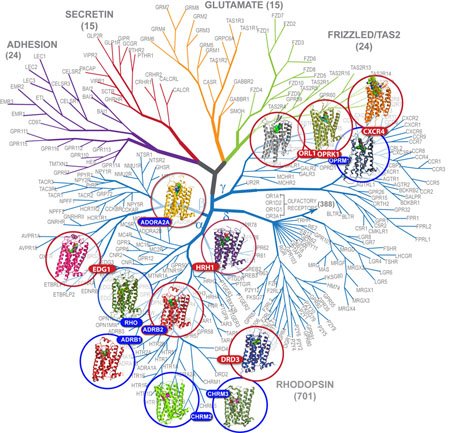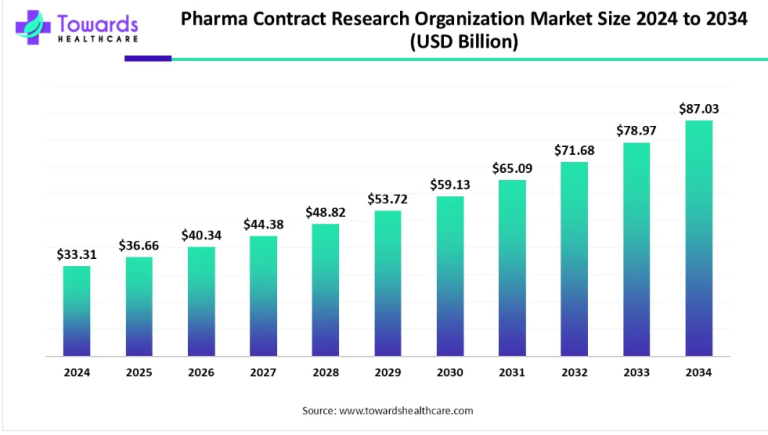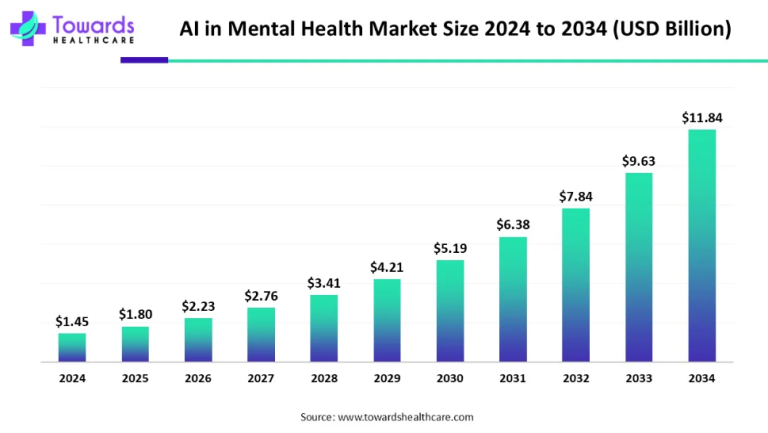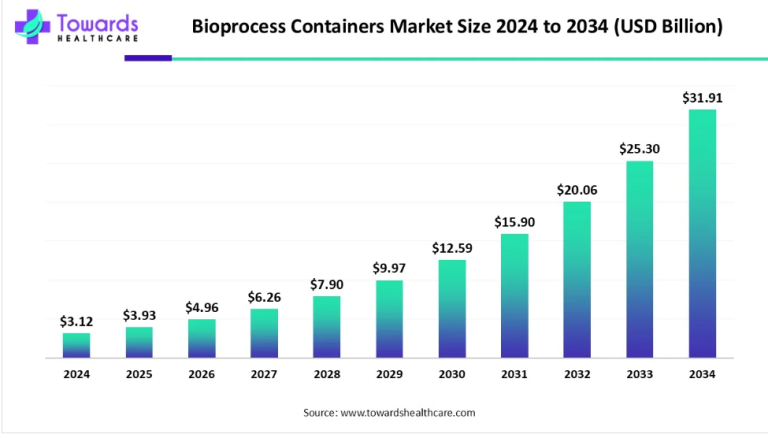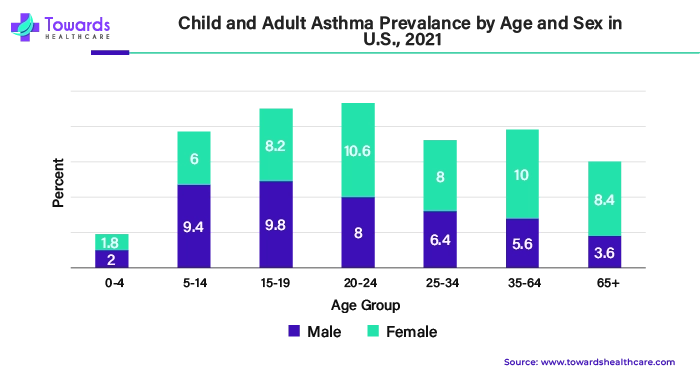
Table of Contents
ToggleAddressing the Burden of Respiratory Disorders: The Need for Innovative Treatments
In 2021, the CDC reported 142,342 deaths from lower chronic respiratory disease in the United States, highlighting the urgent need for innovative treatment approaches. This significant toll underscores the demand for advancements in managing these conditions effectively.
Respiratory disorders cover a broad range of issues affecting the system responsible for breathing, including the lungs, airways, and respiratory muscles. When these parts of the body encounter problems, it can make breathing difficult and lead to various symptoms like coughing, wheezing, shortness of breath, and chest tightness. There are several respiratory disorders, each with its characteristics and causes. Obstructive disorders, such as asthma and chronic obstructive pulmonary disease (COPD), involve blockages in the airways, hindering airflow in and out of the lungs. Restrictive disorders, like pulmonary fibrosis, limit the lungs’ ability to expand fully, making breathing hard.
In 2020, the National Institutes of Health undertook a comprehensive investigation involving 255,857 patients to examine the effectiveness of inhaled treatments, including triple therapy, for Chronic Obstructive Pulmonary Disease (COPD).
As more people are found to have respiratory disorders, there’s a growing demand for treatments that can ease symptoms and enhance life quality. Effective treatments can reduce symptoms, prevent complications, and support active lifestyles despite the condition. According to the CDC, diabetes mellitus was the most common medical risk factor for TB illness in 2021 (23.9%), while 4.2% of TB patients were also diagnosed with HIV. Additionally, advancements in medical research are leading to new treatments like bronchodilators and corticosteroids for symptom relief, targeted therapies for lung cancer, and pulmonary rehabilitation programs to boost lung function and overall health.
Infections caused by viruses, bacteria, fungi, or other pathogens can also affect the respiratory system, leading to illnesses like the common cold, influenza, pneumonia, tuberculosis, and respiratory syncytial virus (RSV) infection. Inflammatory disorders, including bronchitis and allergic rhinitis, involve airways or lung tissue inflammation, resulting in breathing difficulties and discomfort. Neoplastic disorders, like lung cancer, involve abnormal cell growth in the respiratory system, which can lead to serious health complications.
Respiratory disorders can stem from various factors, including genetic predisposition, environmental factors like pollution and exposure to tobacco smoke, infections, lifestyle choices such as smoking and poor nutrition, and occupational exposures to dust, chemicals, or fumes. It’s crucial to address these underlying causes to manage respiratory conditions effectively.
In February 2021, Royal Philips N.V. finalized its acquisition of BioTelemetry, Inc., which will enhance its cancer diagnostics segment.
Appropriate treatment is essential for managing respiratory disorders and improving patients’ quality of life. Treatment aims to alleviate symptoms, slow disease progression, prevent complications, improve lung function, and enhance long-term outcomes. This may involve medication such as bronchodilators, corticosteroids, antibiotics, lifestyle modifications, oxygen therapy, and other interventions tailored to the individual’s needs.
Respiratory disorders can significantly impact daily life, but understanding their types, causes, and the importance of appropriate treatment is critical to managing these conditions effectively. Early diagnosis, lifestyle changes, and medical interventions are crucial in optimizing respiratory health and well-being.
Download a sample of this report @ https://www.towardshealthcare.com/personalized-scope/5137
The Impact of Smoking Tobacco on Breathing Problems
In high-income countries, tobacco smoking is responsible for more than 70% of chronic obstructive pulmonary disease (COPD) cases. In contrast, in low- and middle-income countries (LMICs), tobacco smoking contributes to 30–40% of COPD cases, with household air pollution being a significant risk factor.
Tobacco smoking is a significant contributor to respiratory disorders like COPD, lung cancer, and respiratory infections. When people smoke, they inhale harmful substances into their lungs, causing damage over time. COPD, which includes conditions like chronic bronchitis and emphysema, is ubiquitous among smokers because tobacco smoke irritates and inflames the airways, making it hard to breathe. Lung cancer, another severe consequence of smoking, occurs when these harmful substances cause abnormal cell growth in the lungs.
According to the World Health Organization (WHO), lung cancer led to 1.8 million deaths worldwide in 2020. These alarming figures have prompted an emphasis on early disease detection, fueling market growth. Advancements in imaging technologies for diagnosing lung cancer have significantly enhanced early detection and treatment outcomes.
Smoking weakens the body’s defense system, making smokers more susceptible to respiratory infections like pneumonia and bronchitis. The harmful substances in tobacco smoke can paralyze the tiny hairs in the airways, which usually help clear out mucus and dirt. When these hairs are immobilized by smoke, mucus can build up, leading to more infections. Efforts to reduce smoking rates and address smoking-related respiratory diseases are crucial for public health. Smoking cessation programs, which help people quit smoking, are an essential part of these efforts. These programs may include counseling, support groups, and medications to help manage nicotine withdrawal symptoms. Additionally, treatments for tobacco-related conditions focus on managing symptoms, slowing disease progression, and improving overall lung health.
By reducing smoking rates and providing support for those affected by smoking-related respiratory diseases, we can significantly improve public health outcomes. Prevention and early intervention are vital in reducing the burden of respiratory disorders associated with tobacco smoking, ultimately leading to healthier communities and improved quality of life for individuals affected by these conditions.
Corticosteroids: Powerful Defenders for Our Lungs
Corticosteroids are highly effective in combating inflammation, a significant issue in respiratory disorders like asthma, COPD, and allergies. These medications help calm the swelling and irritation in the airways and lungs, making breathing easier and reducing symptoms like coughing and wheezing.
For instance, in 2020, about 1 million individuals visited the emergency room for asthma care, with roughly 94,560 requiring hospital admission due to the condition. This significant prevalence of pulmonary diseases underscores the importance of effective treatment. Corticosteroids are frequently recommended for pulmonary conditions to address their widespread occurrence.
For people with asthma, corticosteroids are often given as inhalers or pills to keep the airways from becoming too swollen and tight. Regular use can prevent asthma attacks and improve breathing, especially for those with severe symptoms.
In COPD, corticosteroids also help soothe inflammation in the airways, improving lung function and making breathing easier. They’re usually used for short periods during flare-ups to control symptoms. For those with allergies causing stuffy noses and sneezing, corticosteroid nasal sprays are highly effective.
They calm the inflammation in the nose, reducing congestion and making breathing easier.
Overall, corticosteroids play a crucial role in managing respiratory disorders by reducing inflammation and improving lung function, thus significantly enhancing the quality of life for individuals with conditions like asthma, COPD, and allergies.
Expenses Can Be a Significant Challenge
The cost of treating respiratory disorders like asthma and COPD can be high. This includes the price of medications, inhalers, breathing devices, and visits to the doctor or hospital. For those without good insurance or substantial financial resources, these costs can pose a significant problem. It may mean they cannot afford the necessary care or purchase their medications regularly.
According to the Forum of International Respiratory Societies, the high prevalence and severity of these illnesses result in a substantial economic burden. Treating Chronic Obstructive Pulmonary Disease (COPD) alone accounts for approximately 6% of total healthcare expenditure (€38.6 billion annually) in the European Union, representing over half (56%) of all expenses for respiratory disease treatment.
The lack of proper treatment due to high costs can have severe consequences. Respiratory conditions may worsen and cause additional health problems, leading to more frequent and severe asthma attacks or COPD flare-ups, which can be frightening and even life-threatening.
High treatment costs also impact adherence to treatment plans. If people cannot afford their medications or doctor visits, they might skip doses or delay seeking medical help when unwell. This can make it harder to control their symptoms and manage their conditions effectively.
To address this issue, healthcare systems need to make treatments more affordable and accessible for everyone. This could involve providing financial assistance programs, lowering medication costs, or offering free or discounted healthcare services for those in need. By making treatments more affordable, we can ensure everyone has access to the care they need to stay healthy and manage their respiratory disorders effectively.
Recent Advancements in Medical Research and Technology
- In August 2022, ReveraGen BioPharma conducted a trial to assess vamorolone’s potential as a treatment for Becker muscular dystrophy (BMD). The trial included the administration of nandrolone to the initial participant. This investigation aims to explore the efficacy of steroid medications in treating various forms of muscular dystrophy.
- In 2021, Konica Minolta, Inc., in collaboration with Seki Aoi Techno Co., Ltd., significantly expanded their production capacity for pulse oximeters, increasing it by over 20 times.
- In March 2020, the Food and Drug Administration (FDA) granted Abbott emergency use authorization (EUA) for the Abbott ID NOW COVID-19 test. This molecular point-of-care test is specifically designed to detect COVID-19 within 5 minutes and operates on the Abbott ID NOW platform.
To own our research study instantly, Click here @ https://www.towardshealthcare.com/price/5137
Read More about Respiratory Drugs Market:
You can place an order or ask any questions, please feel free to contact us at sales@towardshealthcare.com
About Us
Healthcare Web Wire is a premier subsidiary of Towards Healthcare, dedicated to providing comprehensive insights and information related to the healthcare industry. With a commitment to delivering accurate and timely updates, Healthcare Web Wire serves as a vital resource for professionals, enthusiasts, and stakeholders within the healthcare sector. Our platform serves as a central hub for the latest news, trends and developments shaping the healthcare landscape. Join us on Healthcare Web Wire and become part of a vibrant community dedicated to advancing healthcare knowledge and shaping the future of healthcare worldwide.
Explore the comprehensive statistics and insights on healthcare industry data and its associated segmentation: Get a Subscription
For Latest Update Follow Us: https://www.linkedin.com/company/towards-healthcare

